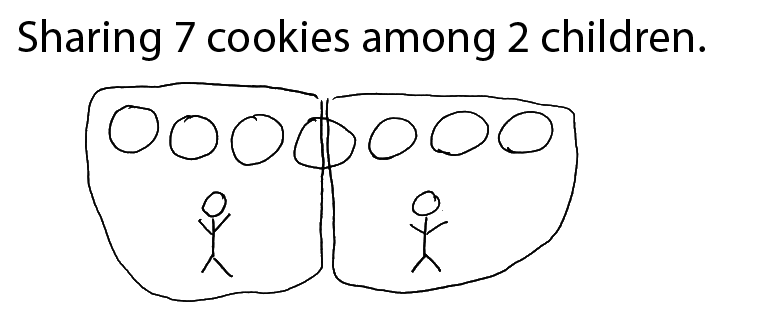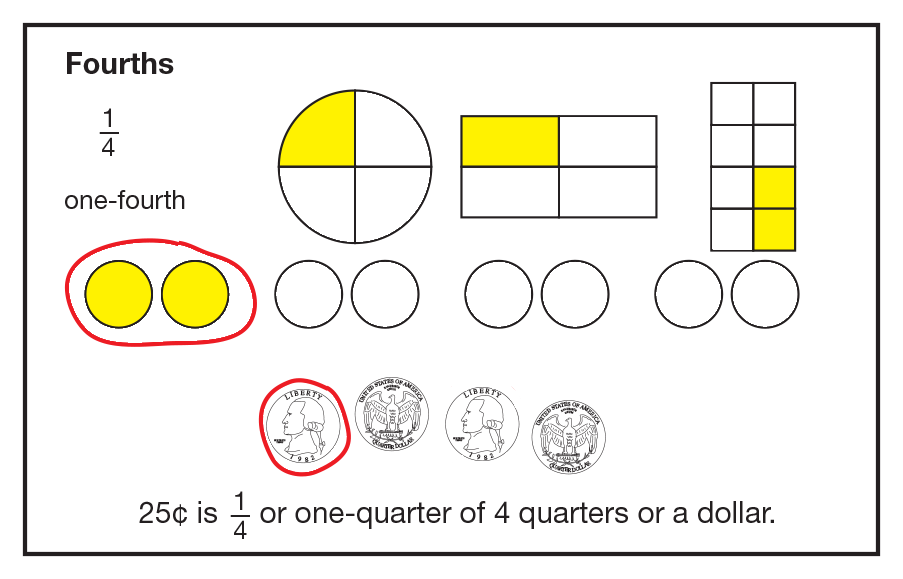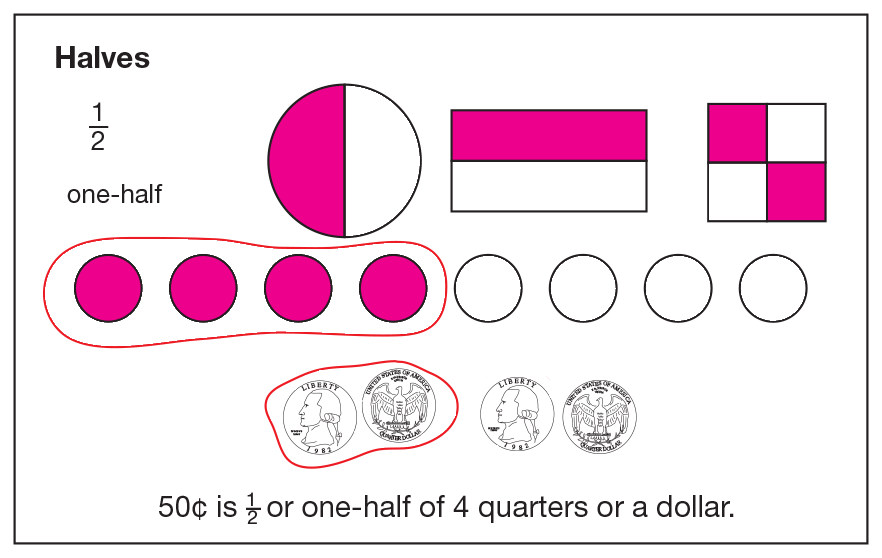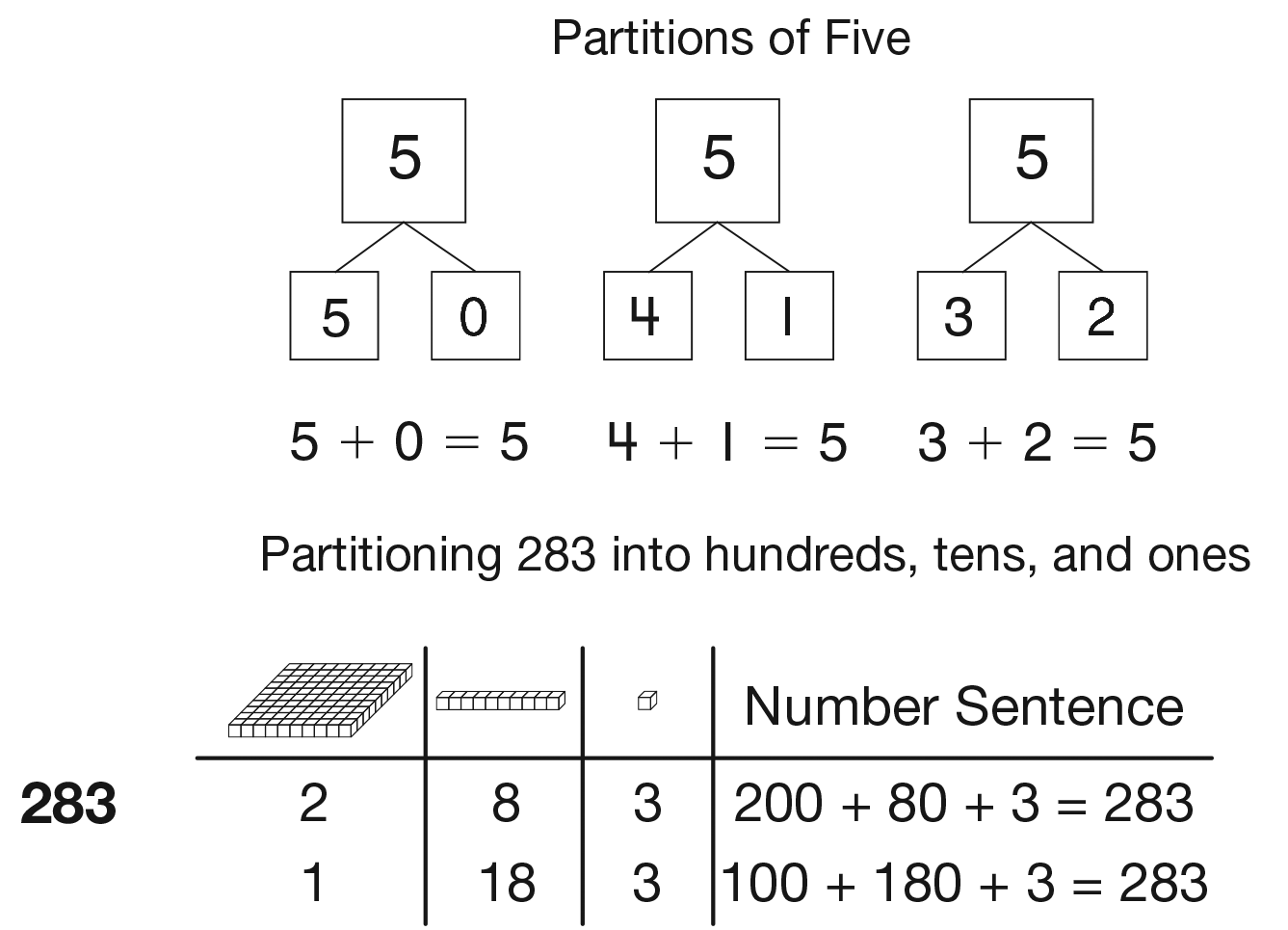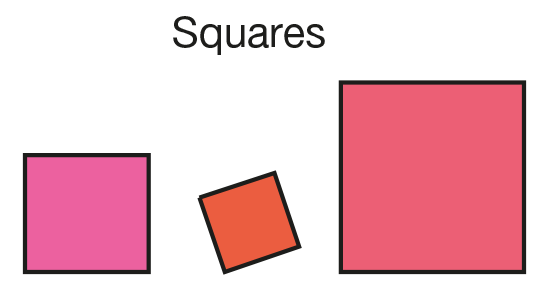Students use square inch tiles to cover halves, fourths, and thirds of different size rectangles. They partition rectangles into rows and columns of the same size unit and shade one-half, one-fourth, or one-third of the rectangles.
Content in this Lesson
- Partitioning rectangles into equal shares [E2].
- Partitioning a rectangle into rows and columns of the same size unit [E3].
- Using words and models to describe equal shares (e.g., half, half of) [E4].
- Recognizing that equal shares of the same whole do not have to be the same shape [E5].
Assessment in this Lesson
| Assessment | Expectation Assessed |
|---|---|
|
Partition Rectangles Check-In: Questions 3–5 with Feedback Box Student Activity Book Pages 662–663 |
|

















